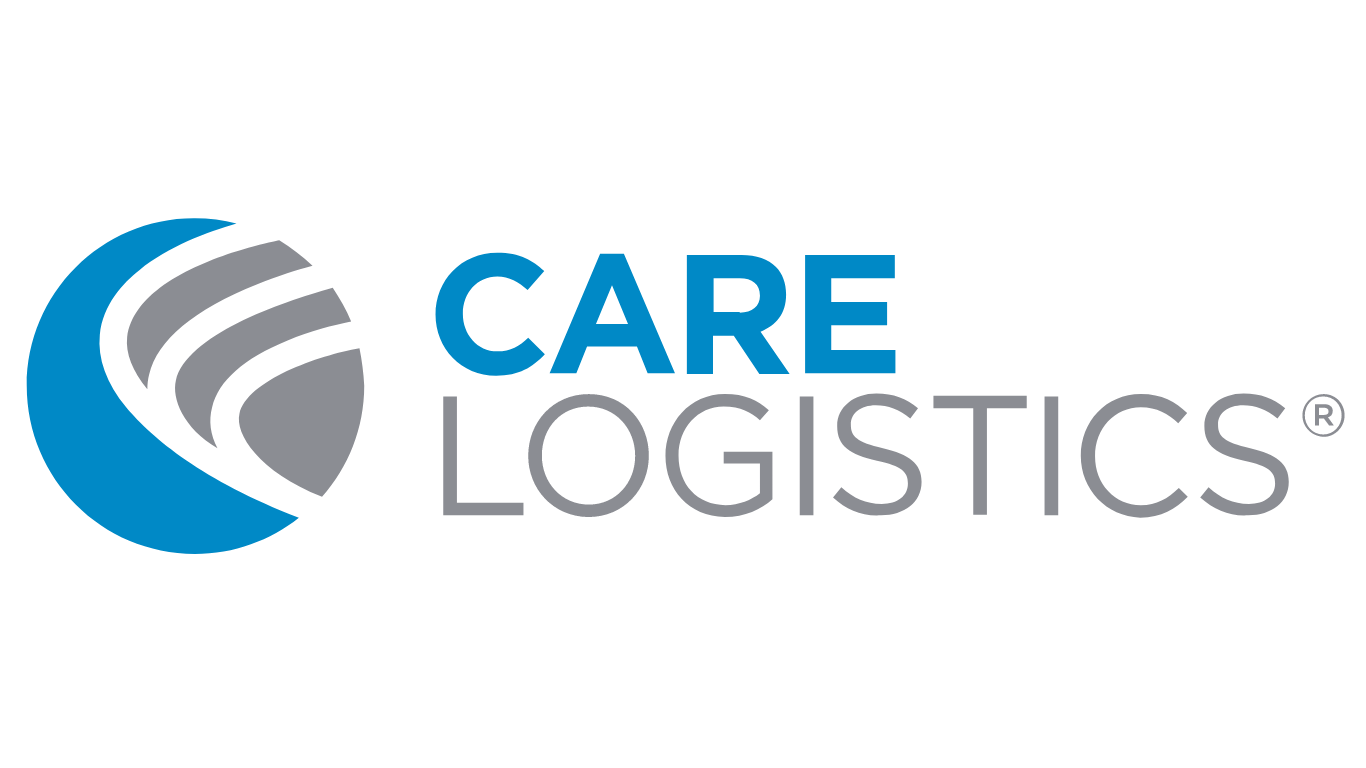Innovating "Safely": How Hospitals Can Manage Risk During Operational Transformation
Innovation has become more than just a buzzword for healthcare leaders—it's a vital part of virtually every organization’s strategy. However, many healthcare organizations struggle to transform their verbal commitment to innovation into actionable change, particularly in reference to operational performance. This hesitation often stems from the high-stakes nature of the healthcare industry, where risk aversion can hinder progress. But what if innovation didn't have to be risky? Let's explore how hospitals can navigate the challenges of operational transformation while managing risk effectively.
The Innovation Imperative
Innovation should permeate all aspects of the healthcare system, including operational performance. Yet, many hospital leaders find themselves caught between the need to innovate and the perceived risk of disrupting established processes. This often results in the continued use of subpar solutions simply because they're familiar and ingrained in the system.
To truly unlock impactful operational improvements, it's time for organizations to look beyond conventional approaches and embrace innovative solutions. The key lies in implementing these changes in a way that mitigates risk and ensures smooth adoption.
Making Innovation "Safer"
Contrary to popular belief, innovation doesn't have to be a leap into the unknown. It all starts with the right operational design for your organization’s unique goals and challenges, By incorporating the following elements into your operational transformation strategy, you can create a safer environment for innovation:
Alignment: Ensure all stakeholders are on the same page regarding priorities, changes, standards, and goals of the initiative.
Engagement: Demonstrate the value and purpose of the changes to get everyone on board. Connecting this value to the same individuals executing the initiative will generate a sense of ownership to the success of the mission.
Visibility: Implement systems that allow you to monitor barriers, disconnects, statuses, and progress in real-time, enabling you to stay on track and address potential issues proactively.
Agility: With the proper visibility into your operations, you can achieve a higher degree of strategic agility. It’s crucial to be able to quickly see and evaluate the status and progress of your operations so that you can determine what’s working and, inversely, what’s not. Being able to quickly correct your course when necessary greatly reduces the risk usually associated with innovation.
Accountability: Clearly define roles and responsibilities within the initiative, and establish measures to hold each person accountable for their part.
Continuous Improvement: Leverage operational data to inform your strategy and make necessary adjustments as challenges and needs evolve.
Implementing a new operational initiative requires more than just new technology or processes—it demands effective change management. This crucial component helps ensure smooth adoption and long-term success of your innovative solutions.
Optimizing Technology Investments
The pressure to demonstrate return on previous investments (ROI) and limited budgets can make leaders reluctant to consider new tools or approaches. There's a common misconception that adopting new operational technologies means abandoning or devaluing existing investments. In reality, innovative operational tools can actually maximize the value of original investments by unlocking new uses and potential.
Process Optimization: Unlocking the value of data from existing systems is paramount. New operational tools can identify inefficiencies and bottlenecks in current processes. This enables organizations to make informed improvements to processes and daily work.
Predictive Capabilities: Certain operational tools use data from existing systems to generate predictive insights. This enables proactive decision-making and sets the stage for improvement.
Better Experience for Staff: Innovative operational tools often offer more intuitive interfaces and workflows, making it quicker easier for staff to interact with and derive value from existing data by simplifying the delivery of information. An optimized patient journey saves time and bandwidth for staff, enabling them to focus on patient care.
Interoperability Solutions: New tools can serve as bridges between existing systems that may not communicate well with each other, enhancing overall system interoperability without requiring replacement of core systems. Advanced operational tools can pull data from various existing systems (EHRs, scheduling software, staffing tools, etc) and provide integrated analytics that weren't visible before.
For example, digital overlay solutions like CareEdge™ use data from other investments such as your EHR, staffing/scheduling tools, and other BI tools, and transform it into strategic insights, real-time views, predictive analytics, and actionable recommendations. This approach doesn't replace existing systems but rather enhances their value by providing new ways to use and interpret the data they generate. By doing this, new technology can be aligned with the established operating model and monitored by a digital overlay, thus reducing the risk usually associated with technological additions.
Unlocking Operational Improvement
Innovation in healthcare operations doesn't have to be a risky endeavor. By focusing on proper change management, optimizing existing investments, and leveraging tools that provide visibility and actionable insights, hospitals and health systems can safely innovate and improve their operational performance. Companies like Care Logistics are helping healthcare organizations achieve this by providing effective operational design and our digital overlay CareEdge™ that simplifies the complexities of healthcare operations.
Remember, the goal of innovation in healthcare is not just to embrace new technologies or processes for their own sake, but to improve patient care, operational efficiency, and overall outcomes. By approaching innovation with a strategic and risk-aware mindset, healthcare organizations can transform their operations while maintaining the high standards of safety and quality that are essential in this critical industry.



